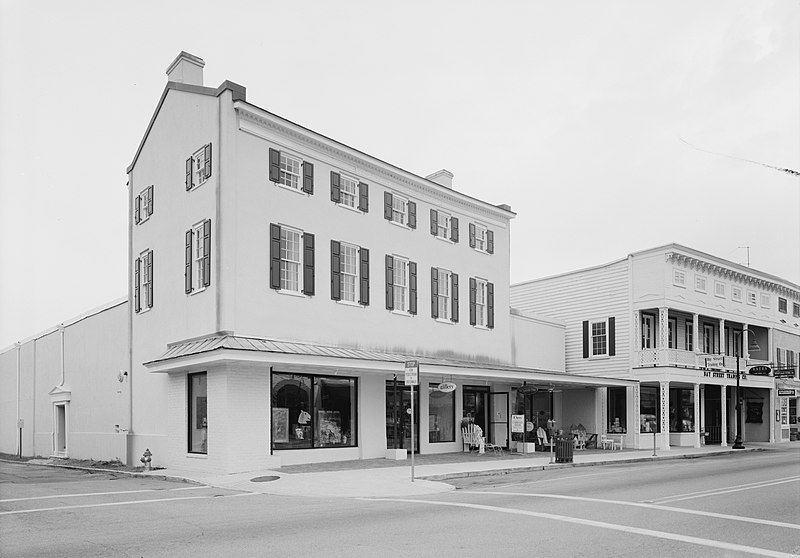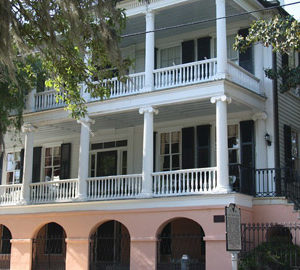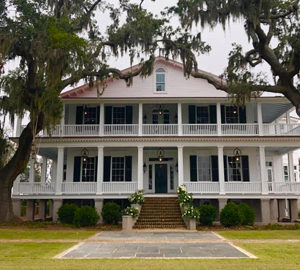Tabby, also known as coastal concrete, is made from a mixture of lime, sand, water and oyster shells.
Limestone to make building lime was not locally available to early settlers. Lime was imported or made from oyster shells. Shell middens along the coast constantly supplied the shells to make tabby. Tabby has two primary centers or hearths: one at Saint Augustine, Florida, and the other at Beaufort.
Tabby’s origin is uncertain. Spanish explorers most likely introduced tabby to Florida in the 16th Century. The British incorporated tabby in South Carolina and Georgia around 1700. The availability of slave labor and shells made it a popular building choice in the Lowcountry. Tabby requires intensive work. Collecting and burning shells to make lime, then adding whole shells as aggregate is a greuling task.
Beaufort County has the largest number of tabby ruins that still exist in the US. The Historic Beaufort Foundation has placed the county’s tabby structures on its endangered resources list.
See Tabby around town:
- The seawall facing the Beaufort River on Bay Street, just east of Carteret Street, proves how tabby stands up to the elements. The seawall’s age isn’t exactly known, but it is believed to have been built sometime between the Revolutionary and Civil wars.
- Tabby Manse at 1211 Bay St. in downtown Beaufort was built in 1786-1788, making it one of the city’s oldest surviving homes. The exterior tabby walls are 2-feet thick and finished with sand-colored stucco.
- Chapel of Ease, an Episcopal church that was located on Land’s End Road on St. Helena Island, was built of tabby and brick between 1742 and 1747. A forest fire caused major damage in the late 1800s. The ruins now belong to the St. Helena Episcopal Church.
- Built with tabby and old English bricks in 1774, the the Francis Saltus House sits downtown at 802-806 Bay St. First used as a customs house and hotel, it later served as a commissary during the federal occupation of Beaufort during the Civil War.
-

The Francis Saltus House. Photo: Author Charles N. Bayless, photographer. Permission (Reusing this file) Historic American Buildings Survey
Source: https://en.wikipedia.org/wiki/Tabby_concrete and https://discoversouthcarolina.com.



